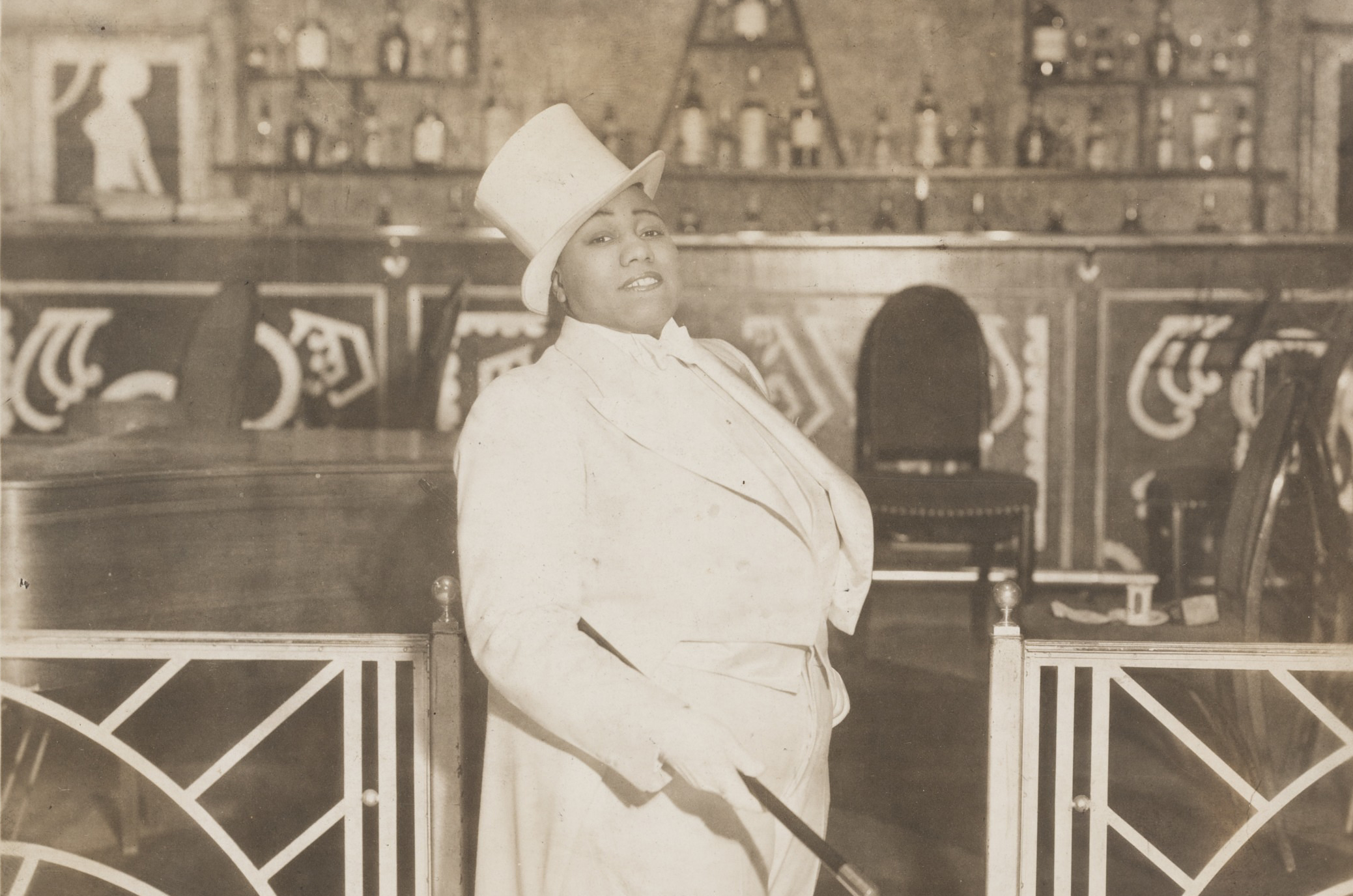Gladys Bentley
Wed Feb 26 / 2025
Gladys Bentley’s story isn’t just about music it’s about resilience, self-expression, and pushing past the limitations society tried to place on her. Born in 1907, Bentley was assigned female at birth, but from an early age, she felt at odds with the expectations placed on her. She envied her brothers, not just because they had privileges she didn’t, but because they could wear the masculine clothing she longed to wear herself. At the same time, she developed a crush on her elementary school teacher something that, in a time when queerness was rarely acknowledged, left her confused about her own feelings. Her parents didn’t understand her, and the world around her didn’t offer the language or support to help her make sense of her identity.
At just 16, Bentley left Philadelphia for New York City, where she found a space that would allow her to be herself. She started out singing at rent parties, adding her own spin to the popular music of the time rewriting lyrics to be more raunchy, more daring.
When one club was looking for male pianists, Bentley didn’t let that stop her. She put on the clothes she had always wanted to wear masculine suits, top hats and took on the role with confidence. But she didn’t just wear the clothes; she made it a performance. She played with masculinity, adding humor and exaggeration while still commanding respect as a musician. In Harlem, she found not just an audience but a home. The neighborhood was a pool of artistic and intellectual expression, a melting pot where Black culture could thrive in all its forms. No matter one’s background, religion, or sexuality, Harlem allowed space for creativity and reinvention and Bentley embodied that spirit completely.
Through her music, her style, and her unapologetic presence, Gladys Bentley challenged the world’s expectations and carved out a space for herself at a time when few did. She remains an icon, not just in queer history but in the legacy of Black artistry and self-determination.


